Not all wireless cameras are truly wire-free. Wi-Fi connections are one thing, but power cords are a completely different ball game.
The best wireless home security cameras available
The upside to going wireless is pretty obvious, especially for security cameras. Fewer cords means you don’t have to drill holes for installation, you can make adjustments to camera placement without any major issues, and you can take your security cameras with you if you move.
There are so many wireless camera options out there that we decided to focus on the brands we think are making the best (and most relatively affordable) wireless and wire-free security cameras. This should give you a feel for the range of wireless security cameras available as well as the different cameras each brand has to offer.
The terms "wireless" and "wire-free" are sometimes used interchangeably when it comes to cameras, but they technically mean different things. Wireless cameras use Wi-Fi to connect to your internet so you don't have to plug them in to your router. Wire-free cameras are the ones that use rechargeable battery packs so you don't have to sling any wires whatsoever.
- : Best value
- : Best AI features
- : Best budget picks
- : Most versatile
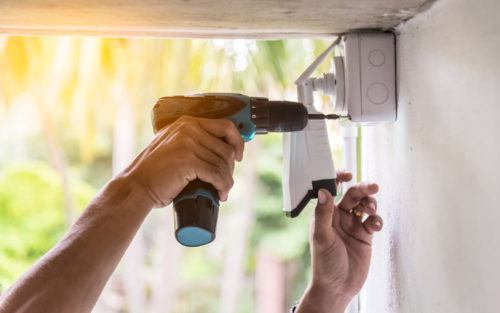
Best value: Arlo
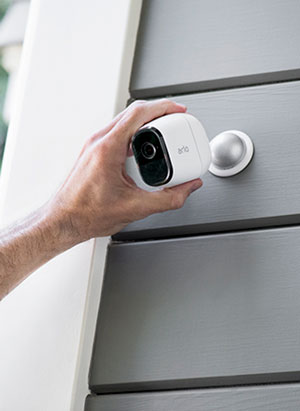
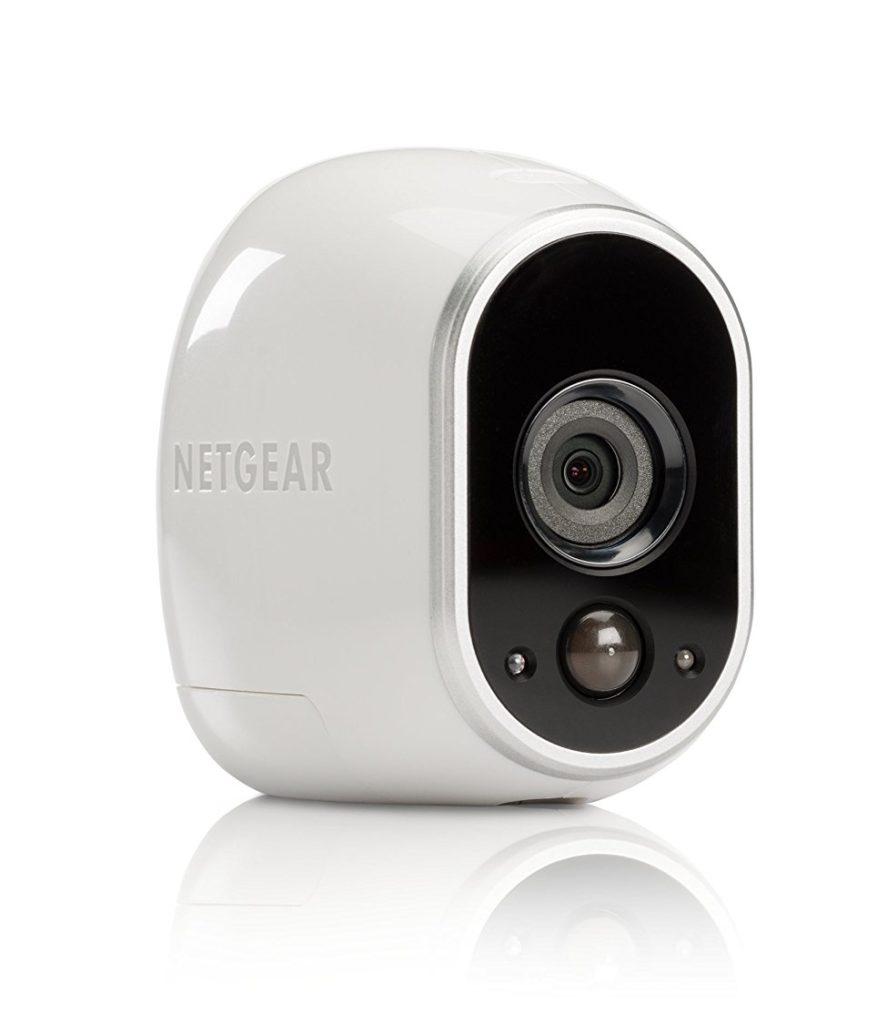
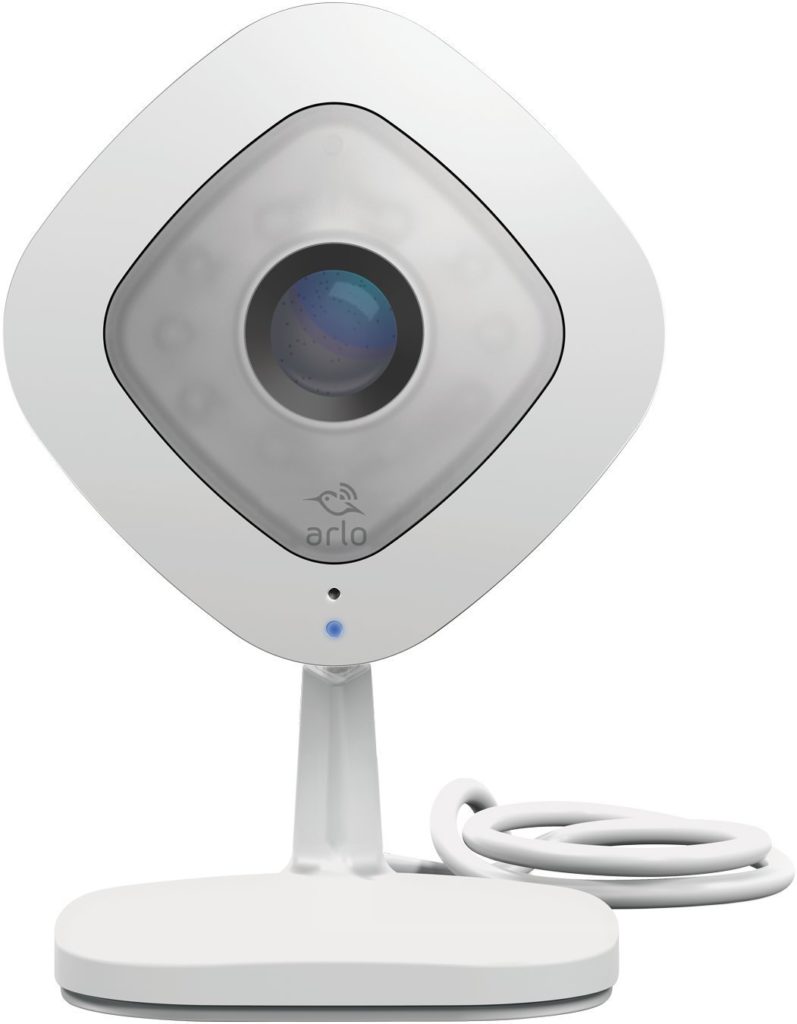
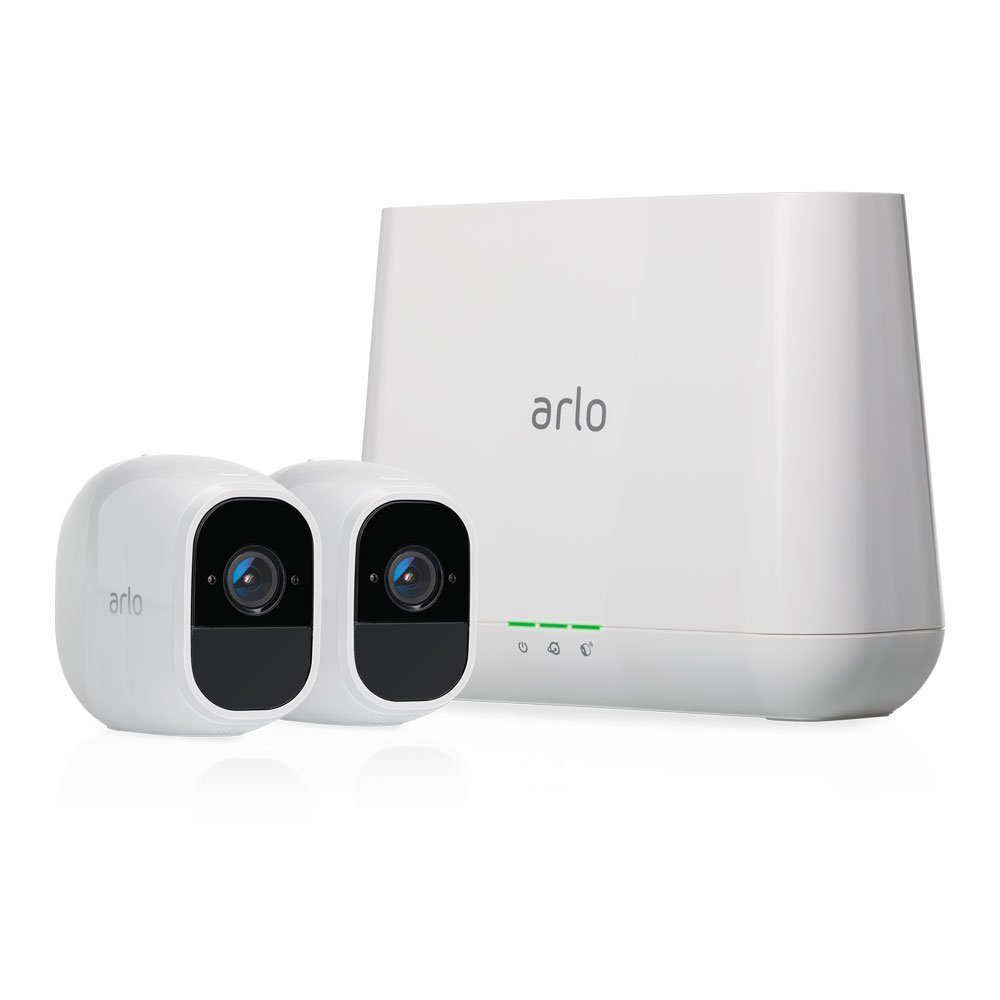
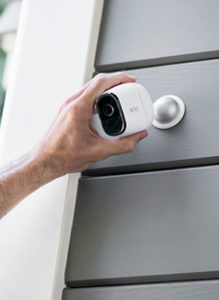
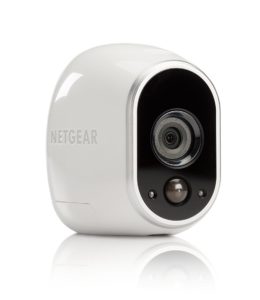
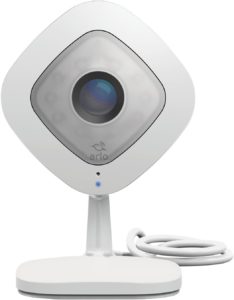
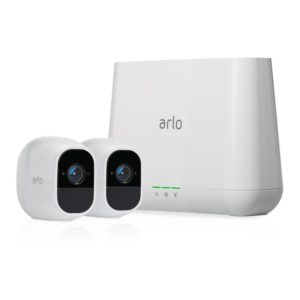
Data effective 23/9/2020. Offers subject to change.
What we like
100% wire-free (Wi-Fi and power)
If you want a completely wire-free experience—we’re talking no cords at all—Arlo is where it’s at. With the Arlo Pro, Arlo Pro 2, and Arlo Pro 3, you’ll have the ultimate flexibility to install your cameras wherever you’d like—even in a tree—as long as they’re within Wi-Fi range.
These models function as both indoor and outdoor cameras and use a rechargeable battery for power. They range from 1080p video quality for the Arlo Pro and Pro 2 to 2K with the Arlo Pro 3.
Not having wires actually improves the security of your camera because burglars can’t deactivate your camera simply by cutting a wire.
Arlo also makes a strictly indoor camera, the Arlo Q. Arlo Q has 1080p resolution and is wireless in the sense that it uses a Wi-Fi connection. It’s a little more budget-friendly than the other models we’ve mentioned, but it doesn’t come with 100% wire-free capability, so you’ll have to plug it directly into an AC power outlet. This isn’t as big a deal for an indoor camera, but it still means you can install your camera only within a cord’s length of a wall plug.
Local and cloud storage options
Arlo cameras come with the option to store video footage both locally and on the cloud. For local storage, you can even connect a USB drive to the Arlo hub—a great option for saving footage without paying a monthly subscription.
As for the cloud, Arlo offers a few monthly plans for multiple cameras.
Data effective 23/9/2020. Offers subject to change.
What we don't like
Battery-powered option doesn’t support all advanced features
Each iteration of Arlo’s signature camera adds to the advanced features and specs, but keep in mind that some features won’t work with the battery-powered option and are available only if you use the traditional power cable. It’s kind of a bummer because you’ll have to choose between flexibility and performance.
High price
With the exception of the Arlo Q, which works independently, most Arlo cameras are sold as part of a system, and so they come with a higher price tag. This is true of most Arlo cameras, like the Arlo Pro, Arlo Pro 2, and Arlo Pro 3. You can buy additional cameras if you want to add to your system, but just to get started with your cameras and an Arlo base station, you’re looking at a few hundred dollars in up-front costs.
Best AI features: Nest
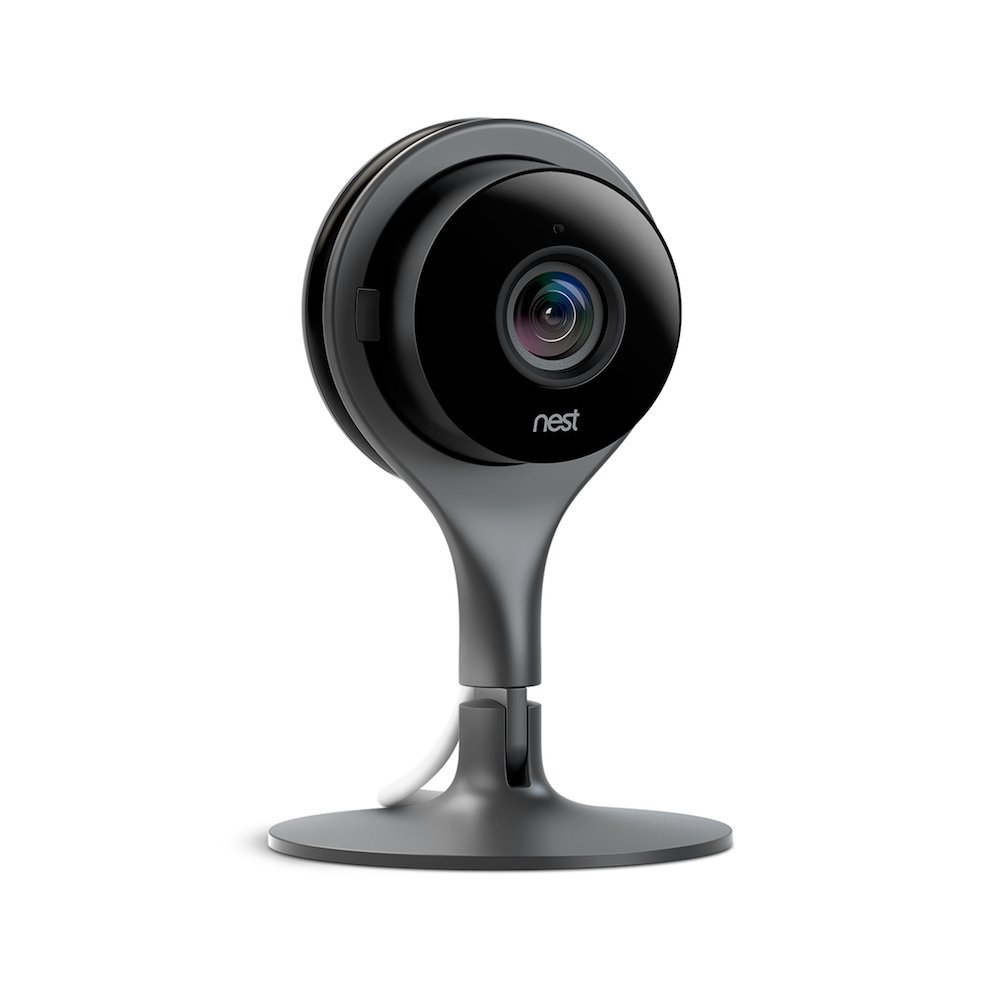

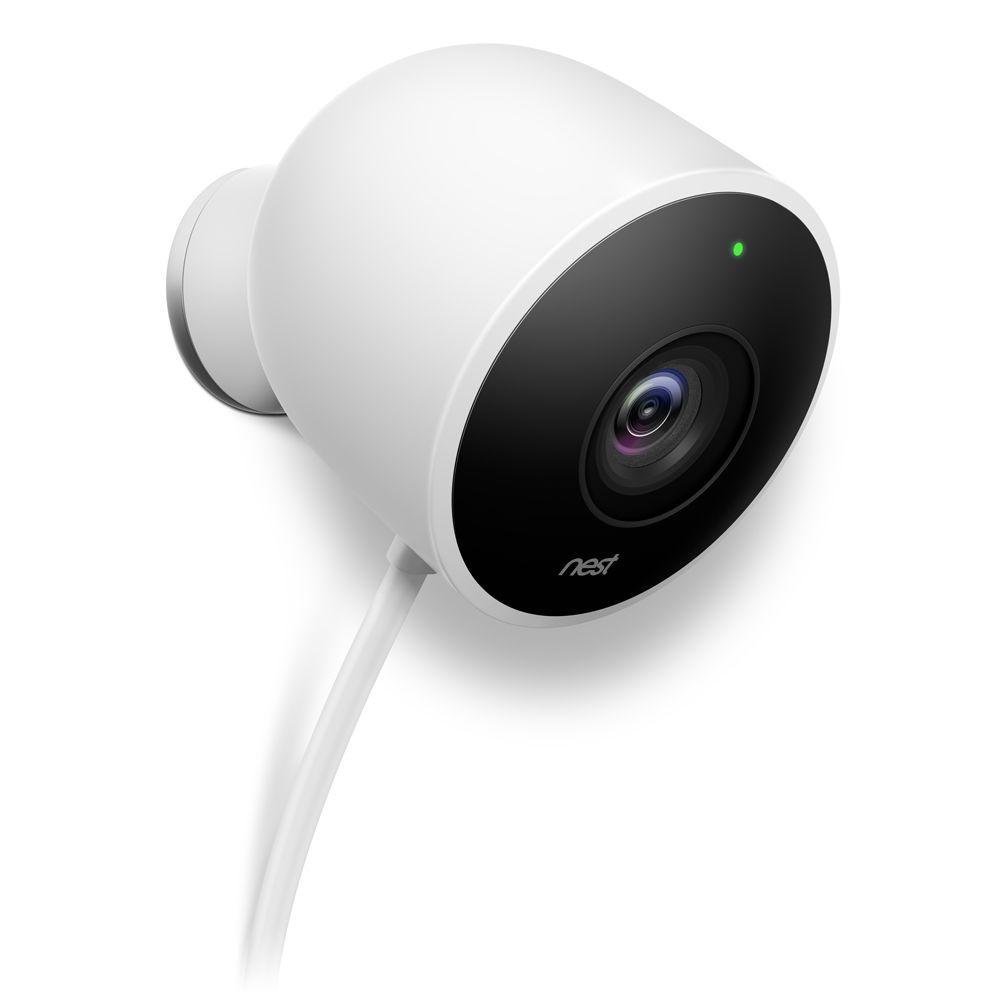
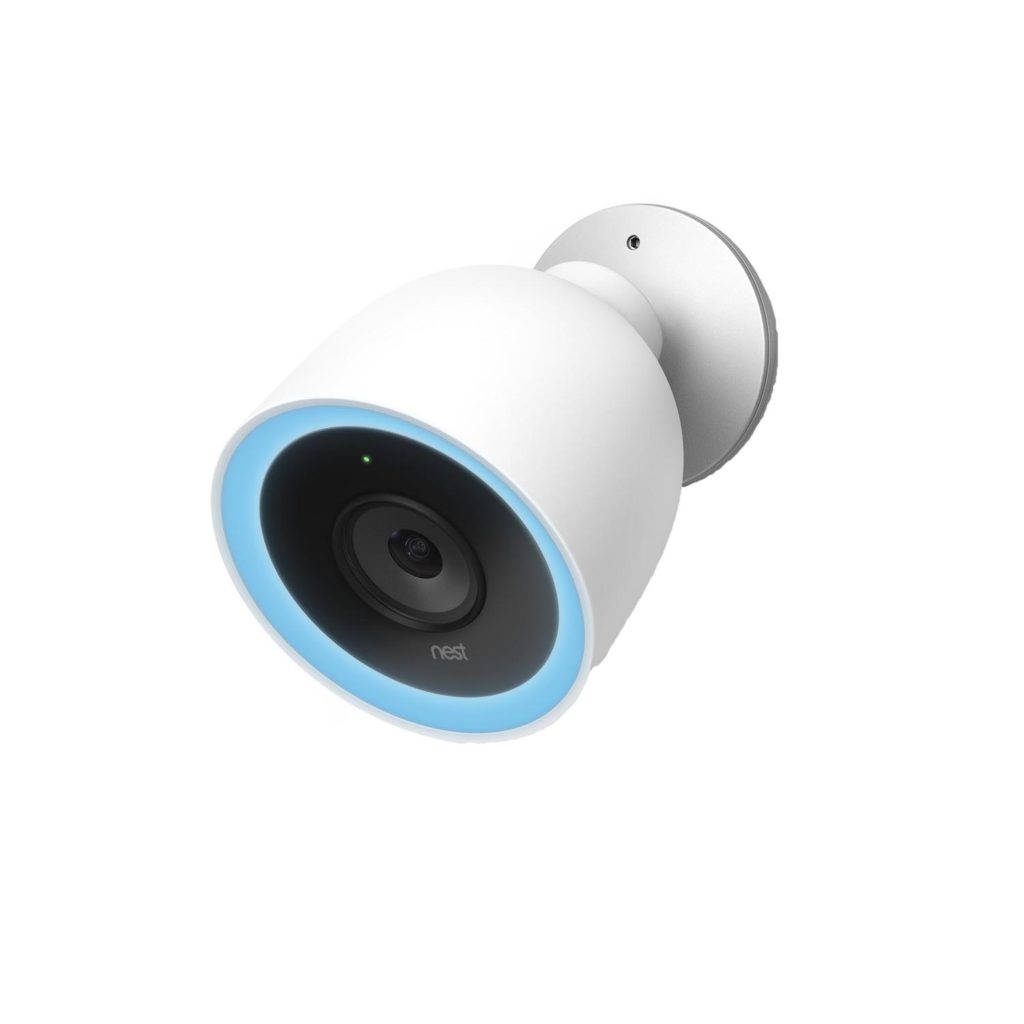
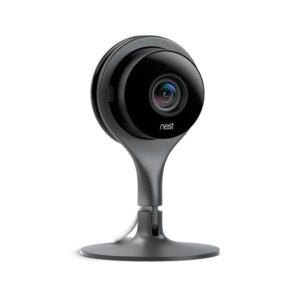
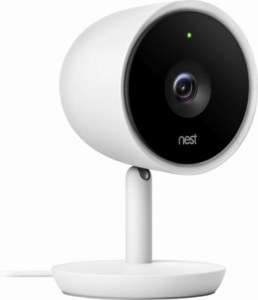
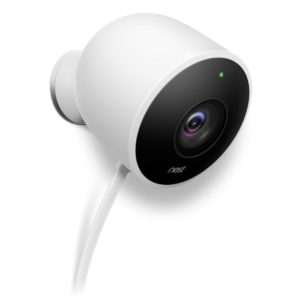
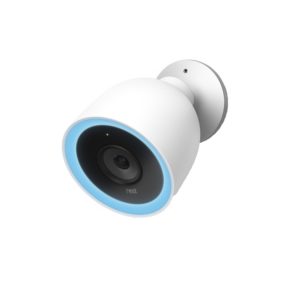
Data effective 23/9/2020. Offers subject to change.
What we like
Advanced image resolution and zoom
All Nest cameras have 1080p resolution or better. The two IQ models come equipped with a “Supersight” feature, which combines 1080p video with a 4K image sensor.
Supersight doesn’t shoot video in 4K resolution but rather allows you to digitally zoom in on a set image without losing image quality. This means you’ll get clearer images with useful, bad guy-catching footage like facial features or license plate numbers.
Smart home integration
Both IQ and non-IQ Nest Cams are some of the best security cameras for smart home integration. Much of this is thanks to the Nest brand itself. You can monitor your Nest Cams using the same Nest app as the thermostat and other Nest devices.
Most home security and smart home companies have adjusted their products to be compatible with Nest, so it’s a pretty safe bet that your Nest Cam will integrate seamlessly. Just check that your device or system works with Nest or works with Google Assistant.
What we don't like
No battery-powered option
Although all Nest cameras use Wi-Fi and are technically wireless, you still have to run power cords to them. For the indoor cameras, it’s a little easier (though still limiting), but for the outdoor cameras, it’s really a pain.
The original Nest Outdoor camera has a 25-foot weatherproof cord, so you can connect it to an external outlet within that range—but the Outdoor IQ has to be plugged into an internal outlet, which means you’re going to be drilling holes through your walls if you go with this option. It’s definitely not as convenient as an Arlo camera, but you still get the advanced features that power-outlet Nest cams have.
Nest Aware
We’re on record saying we’re not the biggest fans of Nest Aware. Basically, Nest loops in its digital cloud storage service with advanced features to entice users to sign up for its monthly subscription service, Nest Aware. That means if you want your Nest Cam to live up to its full potential, you’ll need to pay extra. Here’s the breakdown:
Features included in Nest Aware subscription:
- Intelligent Alerts: Get notifications when a person is detected
- Activity Zones: Assign focus areas
- Timelapse: Review footage
- Recorded footage: View up to 30 days
Without Nest Aware ($0/mth)
- Live video
- Motion/sound notifications (no continuous recording)
- Two-way audio
- Night vision
With Nest Aware ($5/mth, $10/mth, or $30/mth)
- Live video
- Motion/sound notifications
- Two-way audio
- Night vision
- Activity Zones
- Alert summaries
- All-day recording, including Clips and Timelapse
- 5-, 10-, or 30-day video history
Look, we get the added value of advanced features and extended video history. It’s just a little tough to justify adding a monthly fee on top of an already high-priced camera. It comes down to features versus cost, which is kind of a toss-up with Nest.
Best budget picks: Ring
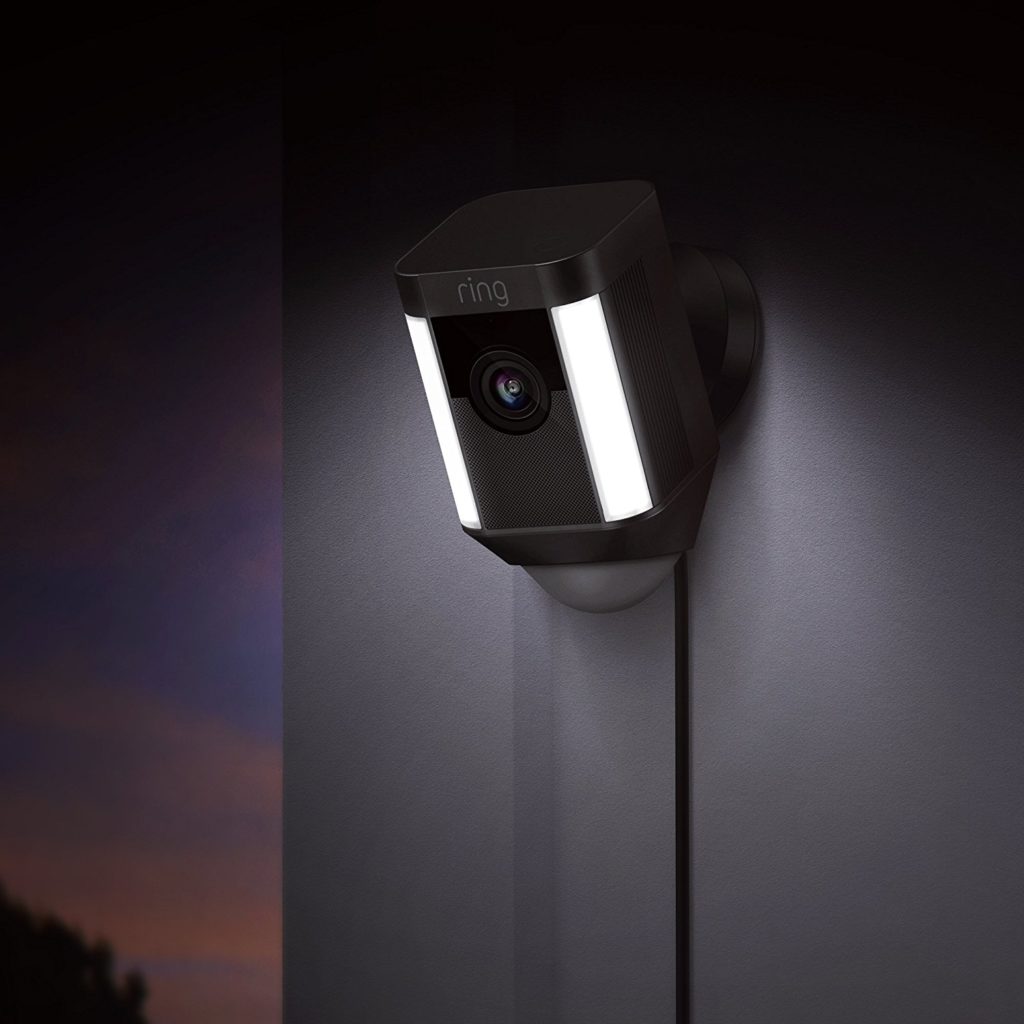
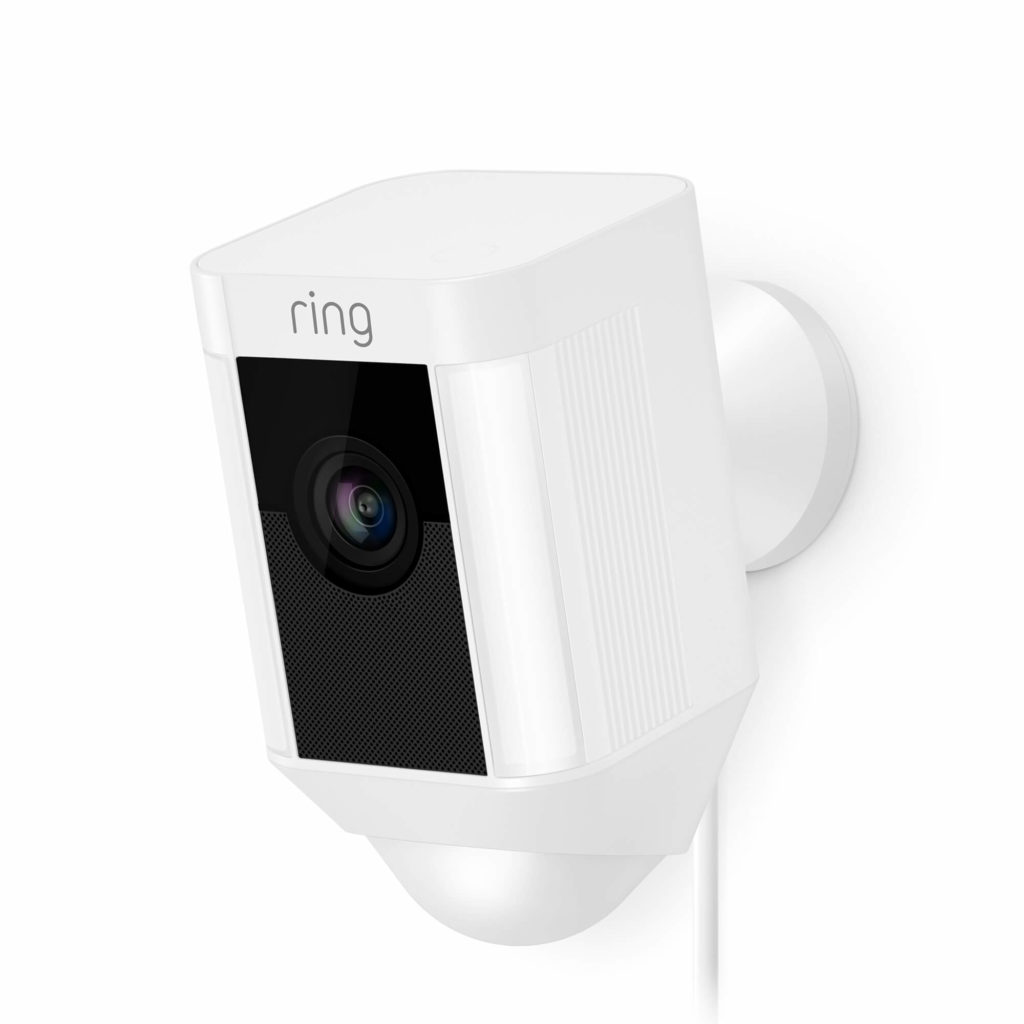
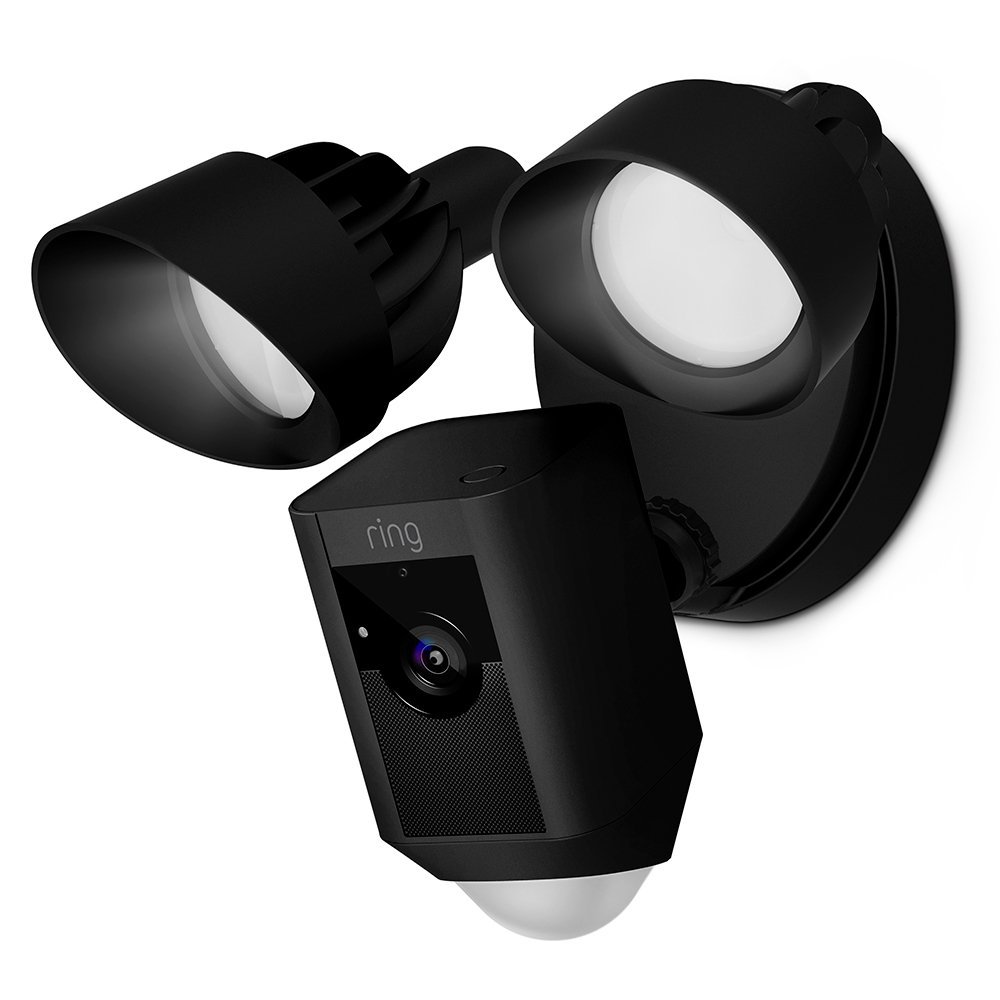
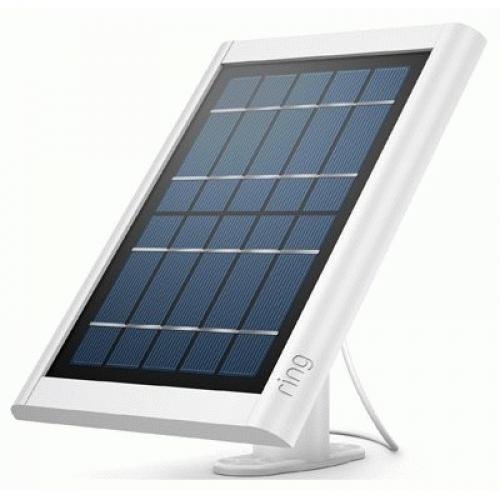
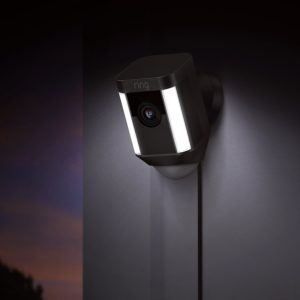

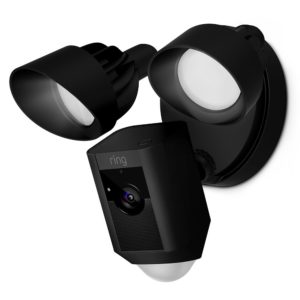
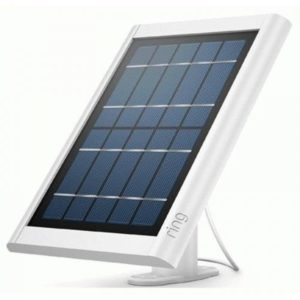
Data effective 23/9/2020. Offers subject to change.
What we like
100% wire-free options
Ring is best known for its video doorbell collection. (Even Shaq likes it!) But we’re actually more impressed with Ring’s wireless security camera options. Ring has multiple options of its Spotlight Cam, and each one caters to different needs—including 100% wire-free options—so you can choose which is the best fit for you.
Each Ring Spotlight Cam has 1080p video resolution and a 140° field of view, so it will capture more surface area than the Arlo or Nest Cam alternatives. And you can choose between battery power, solar power, or a floodlight/camera combo powered by a standard junction box (100–240 V). Ring’s versatile Spotlight Cam really has a wireless option for everyone.
Budget-friendly cloud storage
Ring’s Spotlight Cams are about on par with Nest Cam or an individual Arlo camera, but Ring really crushes the competition with its cloud storage offering. Instead of $5–$30 per month like Nest Aware, Ring starts at just $3 per month.
What we don't like
Design
Ring cameras look like big brick boxes strapped to the side of your house. They’re not subtle, and they don’t blend in. This is both a good and bad thing. The camera itself acts as a deterrent, so when a burglar notices the Ring Spotlight Cam (and they will notice it—it’s huge), they’ll think twice about breaking in.
Ring’s bulky designs don’t exactly help with curb appeal, and this is definitely not as sleek as an Arlo or Nest Cam, but it gets the job done. We’re alright with security over style.
Most versatile: Logitech Circle 2
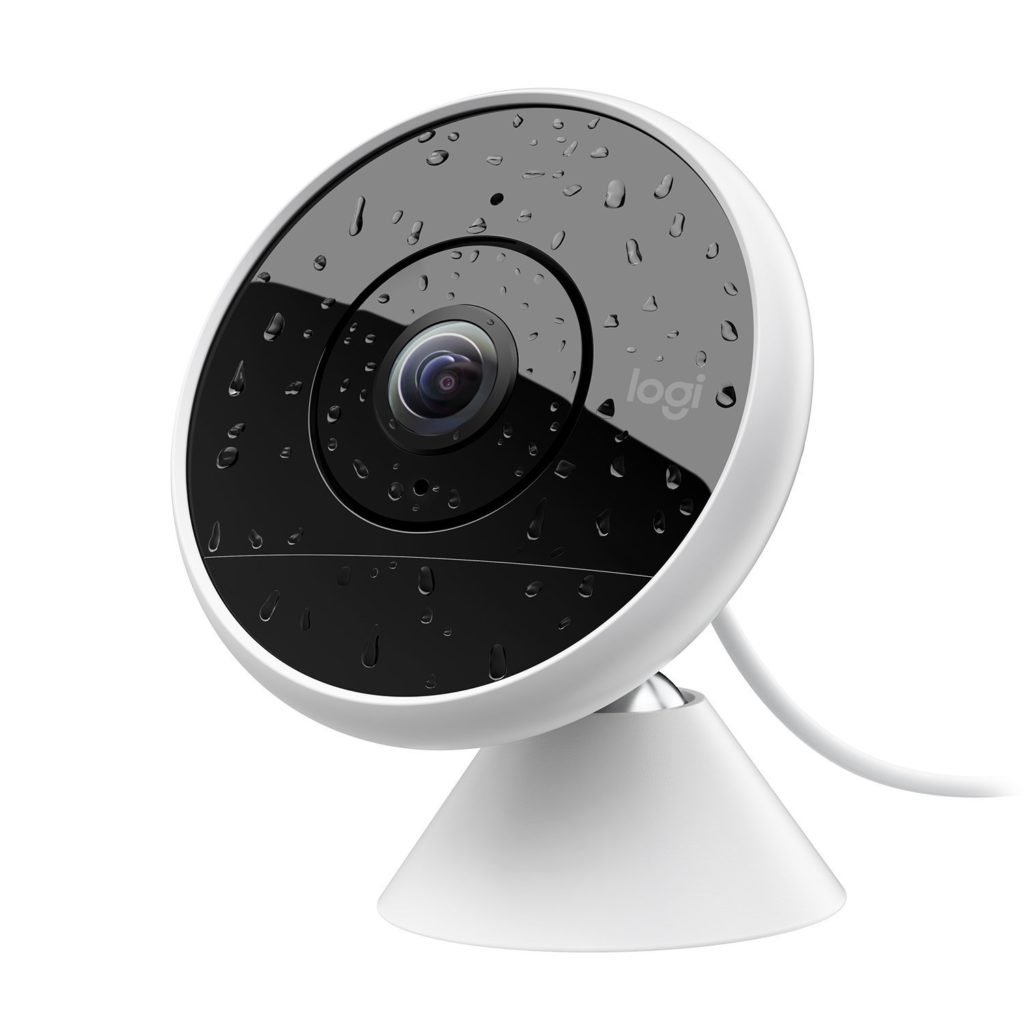
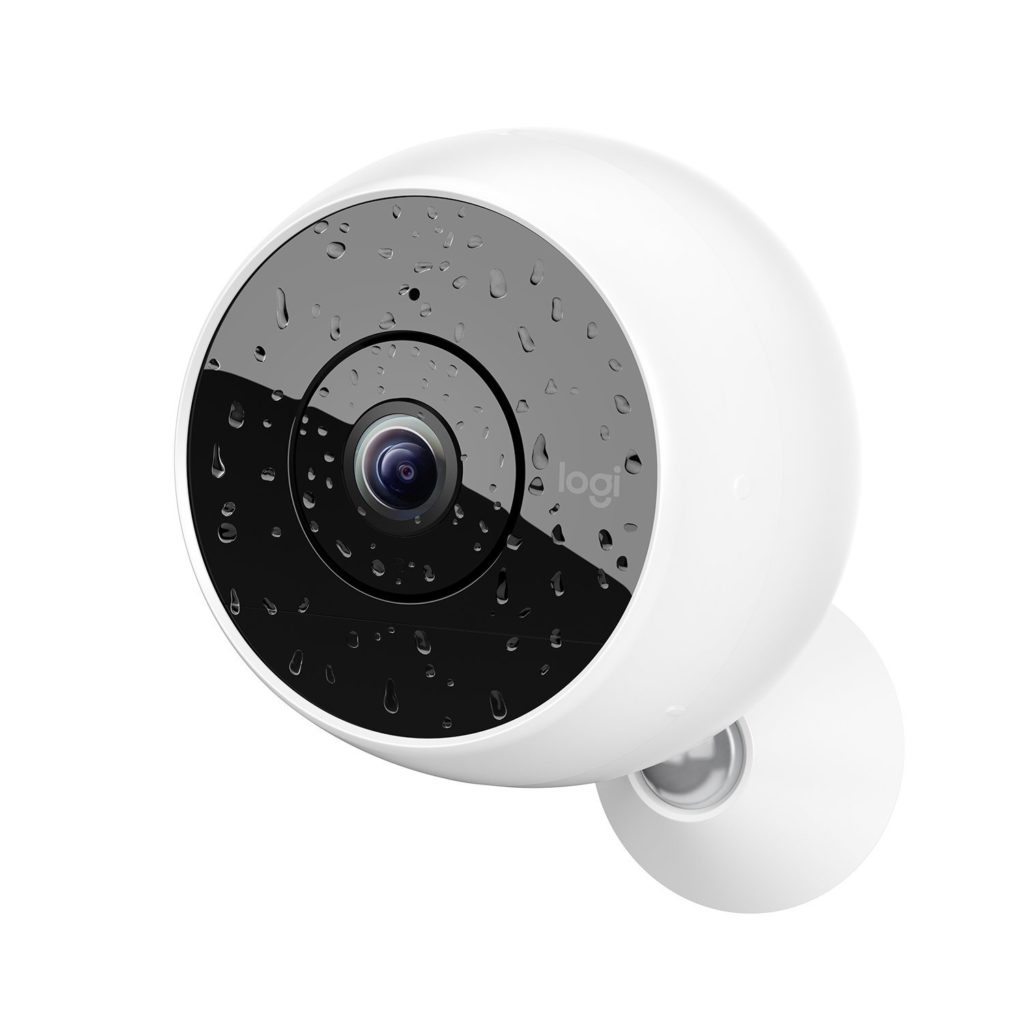
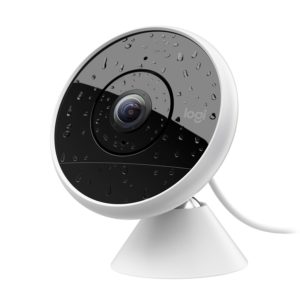
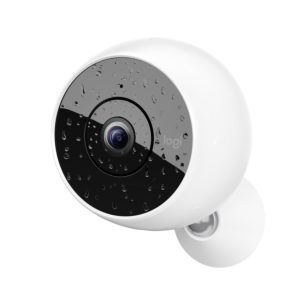
Data effective 23/9/2020. Offers subject to change.
What we like
Versatility
We love that Logitech’s Circle 2 comes in both a wired and a wire-free version. Both options are weatherproof, so you can use them as both indoor and outdoor cameras and monitor your property in 1080p HD.
Logitech has also designed special mounts for the Circle 2 that allow you to install it almost anywhere. You can even stick the Circle 2 to the window and monitor activity outside. Since there’s a wire-free option, you’re not limited to the close proximity of a power outlet like you are with wired options. The Logitech Circle 2 is one of the most versatile wireless cameras available.
Wide field of view
The Logitech Circle 2 has an amazing 180° FOV, which means you can put the Circle 2 anywhere and cover an entire room. This is a big reason why we rate it so high. We haven’t found another camera that can see an entire room with as clear a picture as the Logitech Circle 2.
The wide FOV is also great for outdoor use because it can cover a whole patio or entryway or even keep watch on the backyard.
What we don't like
Circle Safe subscription needed for advanced features
Like Nest, Logitech hides some of its best camera features—like custom alerts—behind a monthly subscription. We’re just not huge fans of this tactic since the camera is perfectly capable of performing these features without the plan. That said, the Circle Safe Basic plan is relatively affordable, starting at $3.99 per month.
Data effective 23/9/2020. Offers subject to change.
You can skip the monthly plan and still get these features with Circle Free:
- 24-hour cloud storage
- Time lapse
- Smart alerts
- Smart events
- Unlimited livestreaming
- Unlimited video downloads
What to look for in wireless security cameras
The most important features of wireless security cameras aren’t all that different from what makes other security cameras worth the cost. It’s just a matter of prioritizing features and capabilities. Here’s our list of the most important things to look for if wireless is your top priority:
Power options
Most cameras that are presented as wireless still have a traditional power cord that needs to be plugged into a wall socket. This means that even though the camera uses a Wi-Fi signal—which technically makes it wireless—it’s still not 100% wire-free.
And that’s not necessarily a bad thing. There are plenty of great “wireless” cameras out there that have power cords. But keep in mind what you’re looking for when you think wireless. Do you just mean that it uses a Wi-Fi signal, or do you want it to be 100% wire-free?
If it’s the latter, look for cameras that have battery or solar power options, like Arlo, Ring, or Logitech.
Video resolution
Low video resolution defeats the purpose of having a security camera in the first place. If you can’t make out identifiable facial features or license plate numbers because your footage is too grainy, why bother?
The higher your video resolution is, the better quality picture you’ll get. 1080p is always better than 720p.
Indoor/outdoor use
Many cameras can serve a dual function by working both indoors and outdoors. If you want this kind of versatility, make sure your camera is weatherproof before you stick it outside to battle Mother Nature. Some cameras are specifically designed for either indoor or outdoor use, but some can handle both, like the Arlo or the Circle 2.
Field of View (FOV)
Field of view refers to how much a camera can see. The more surface area a camera can cover, the more activity it can capture. Any camera that we’ve recommended here has more than 130° FOV, so you should use that as a baseline. Anything less than that starts to cut off valuable viewing space.
Storage
Most modern security cameras use cloud storage as their go-to option. We love the cloud, but keep in mind it usually costs extra per month if you want to use it. If you’re not down for paying a monthly subscription, you can look for a camera that offers local storage, like Arlo—or free video downloads, like Logitech. Other than that, plan on paying around $10 per month for cloud storage access.
Related Articles





